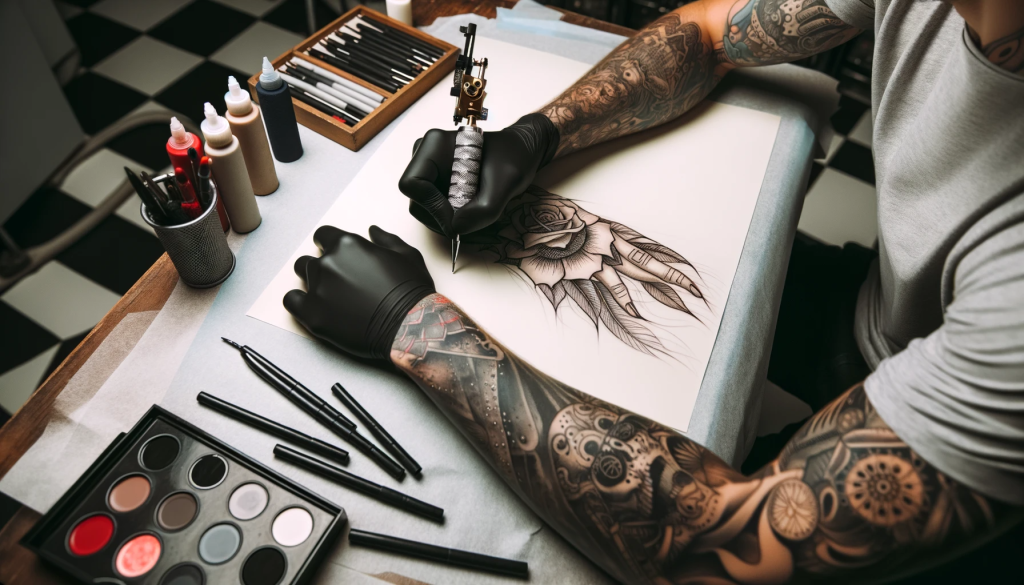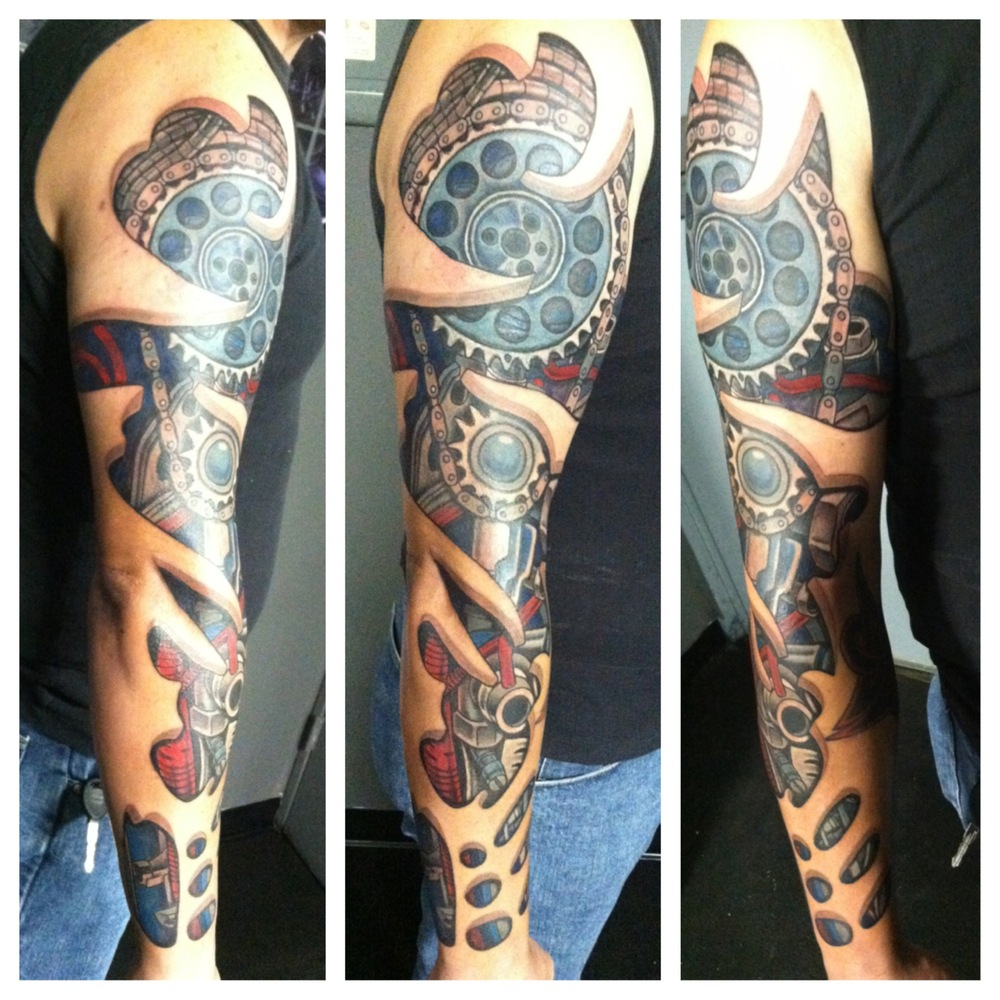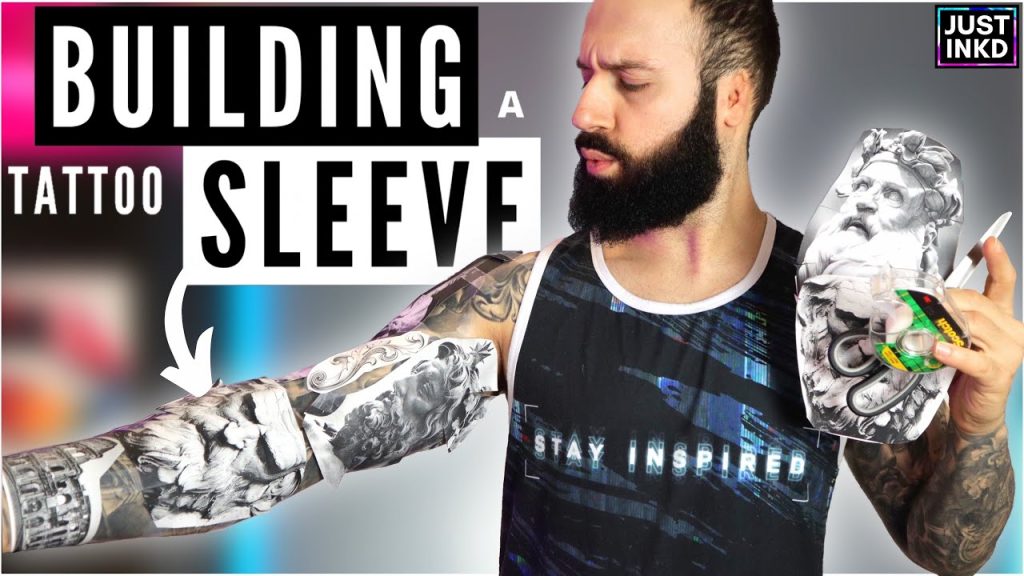In recent years, bamboo products have become increasingly popular due to their eco-friendly and sustainable nature. But what exactly are the benefits of bamboo products and what types are available on the market? In this blog post, we will be taking a look at the benefits of bamboo products, the types of bamboo products available on the market, and how to make an informed choice when buying bamboo products. Whether you are looking to add a touch of nature to your home and garden or are looking to create a more sustainable lifestyle, this post has got you covered.
Understanding The Benefits Of Bamboo
Bamboo is a sustainable and renewable resource that is eco-friendly to produce. Bamboo products are low impact to the environment, and they last a long time due to their durability and longevity. They are also hypoallergenic, safe for those with sensitive skin, and have antibacterial and antifungal properties. In addition, bamboo products are cost effective due to their versatility and light weight. They can be used in many different products/industries and transport easily. Below, we’ll take a look at some of the benefits of bamboo that may interest you.
Bamboo is often thought of as a material for furniture or flooring because it’s strong yet lightweight. However, bamboo products can be used in many other applications such as packaging materials, textiles, building materials, and even food items such as sushi rolls or noodles. Because bamboo is so versatile, companies are always looking for new ways to use it!
Lastly, one of the most unique benefits of bamboo is its ability to grow quickly without requiring much water or fertilizer. This makes it an ideal material for areas where water availability is limited or expensive – such as construction sites or farms – because bamboo can be grown quickly without needing much water.
Bamboo Products For Home & Garden
There are many wonderful bamboo products available on the market today that are made using sustainable and eco-friendly practices. Not only are these products beautiful, but they’re also durable and low maintenance. In addition, the wide range of options makes it easy to find the perfect product for your home or garden. Whether you’re looking for furniture, accents, or gardens accessories, you’ll be able to find everything you need here.
One of the great things about bamboo products is that they can last a long time without needing to be replaced. Unlike many other materials, bamboo is especially resistant to moisture and weathering. This means that your bamboo products will remain looking elegant and new for years – even in harsh climates.
Lastly, choosing bamboo products as your source of materials doesn’t just mean saving money – it also means supporting a sustainable and environmentally responsible industry. Bamboo is a renewable resource that can be harvested sustainably without harming the environment. Plus, all of our materials are organic and chemical-free – perfect for homes with children or pets.
If you’re ready to start using sustainable and eco-friendly bamboo products in your home & garden, check out our online catalog today!
A Guide To Sustainable Bamboo Decorations
Bamboo is a versatile and eco-friendly material that can be used to create a wide variety of decorations. Not only are bamboo products sustainable and easy to care for, but bamboo also offers a unique and beautiful look that can be found nowhere else. Below, we will outline some of the best ways to use bamboo decor in your home or yard.
First and foremost, bamboo is perfect for outdoor furniture and landscaping. Not only does it look great, but it’s also maintenance free – no need for fertilizers, pesticides or irrigation. If you’re looking for a natural way to add charm and character to your home, try out some bamboo products as your main decorating option. You’ll be surprised at how great they look and how long they last!
In addition, bamboo is an easy material to work with – even beginner crafters can create beautiful pieces with ease. If you’re ever feeling lost when decorating your home or yard, try out some simple tutorials online or ask a friend for help – they’ll be happy to show you the ropes!
Last but not least, buying bamboo products helps reduce deforestation around the world. By purchasing bamboo products instead of synthetic alternatives, you’re helping reduce the demand for unsustainable materials that contribute to climate change. So go ahead – add some natural charm and beauty to your life with some delicious (and eco-friendly) bamboo products!
Types Of Bamboo Available On The Market
Bamboo is a renewable, eco-friendly material that is used to create a variety of products. There are many different types of bamboo available on the market, and each has its own unique properties and benefits. Below, we will list some of the most popular types of bamboo and discuss their unique qualities.
Organic/sustainable bamboo materials are versatile and sustainable – they can be used in a variety of ways that are environmentally friendly. For example, organic bamboo can be used for flooring, wallcoverings, furniture, or any other creative project you can think of. Additionally, organic bamboo is strong yet flexible, making it ideal for installations in the home or garden.
One of the best things about choosing bamboo products is their versatility. You can find products that are both functional and stylish with a variety of color options to choose from. Plus, installation and maintenance are easy – all you need is some patience and know-how!
Whether you’re looking for an accent piece in your home or garden or you’re looking to make some eco-friendly purchases, consider using bamboo products!
Understanding How Bamboo Is Used In Products
There’s no doubt that bamboo is a sustainable and environmentally friendly choice for products. Not only is bamboo soft and sustainable, but it’s also affordable. In fact, many of the products that you use every day can be made with bamboo. Bamboo products are available in a variety of styles, colors, and sizes, so there’s sure to be a product that appeals to you.
One of the most important things to understand about bamboo is its environmental benefits. For starters, bamboo grows quickly and can reach heights of over 30 feet without needing water or fertilizers. This makes it an ideal choice for building structures or creating gardens in areas where traditional construction materials would not be suitable. Additionally, bamboo contains more than 20% cellulose which makes it an incredibly strong material – perfect for products that need to last long without needing repairs or replacements (like furniture).
Bamboo products are unique and beautiful – they’re unlike any other type of product on the market today. Crafting with bamboo requires specific skills and knowledge which can add to the uniqueness of your finished product. There’s a sense of craftsmanship when crafting with bamboo that cannot be found in other materials. So if you’re looking for sustainable alternatives to plastic or other materials – look no further than bamboo!
Eco-Friendly Bamboo- Quality & Sustainability
Bamboo is a versatile plant that has many benefits for both the environment and human health. Not only does bamboo have a rapid growth cycle, but it’s also an environmentally sustainable resource. In this section, we will discuss some of the benefits of bamboo products and how they can help to reduce pollution.
Bamboo products are a great choice for those looking for eco-friendly options, as they are made from a renewable source and retain quality and durability while being eco-friendly. Additionally, many bamboo products have advantages over traditional materials such as wood or plastic. For example, bamboo is strong enough to be used in construction but also lightweight so it doesn’t damage buildings or cause environmental damage.
As bamboo grows quickly but naturally without the use of pesticides or herbicides, it has the potential to help reduce pollution in areas where forests have been cleared. Plus, with its rapid growth cycle, bamboo can be harvested quickly without affecting the environment too much. Ultimately, using bamboo products can help reduce both your carbon footprint and your environmental impact overall.
Making An Informed Choice When Buying Bamboo Products
When you’re shopping for bamboo products, it’s important to understand the environmental benefits of using these materials. Bamboo is a sustainable wood product that is environmentally friendly and helps to protect the environment. There are a variety of types of bamboo, each with its own unique properties and environmental benefits. Below, we’ll outline some of the key points to keep in mind when buying bamboo products.
First, it’s important to understand that all bamboo products have some environmental benefits. However, some types of bamboo are more environmentally friendly than others. For example, green tea bamboo has strong anti-bacterial properties and can be used in manufacturing processes that produce harmful chemicals. In contrast, hardwood varieties of bamboo are not as environmentally friendly because they need to be harvested using harsh methods that damage the tree.


